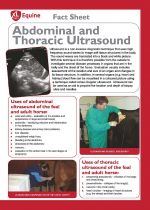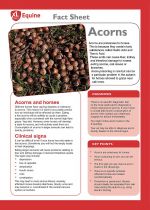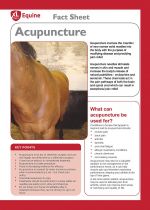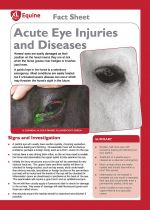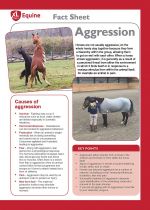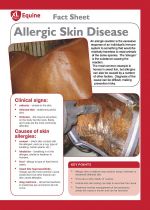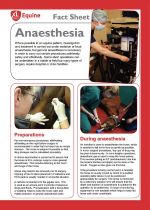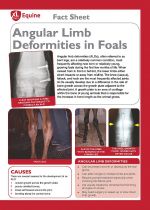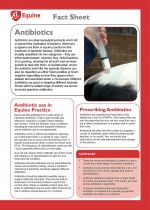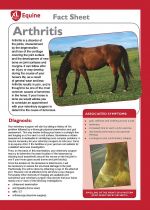Factsheets -
Below are Word and PDF files of our Factsheets. You will need Adobe Reader to view the PDF files - if you need to download Adobe Reader please click here.
Please note: some of these factsheets are several pages long and are large files, so please be patient when downloading!
Abdominal and Thoracic Ultrasound
Ultrasound is a non-invasive diagnostic technique that uses high frequency sound waves to image soft tissue structures in the body. The sound waves are translated into a black and white picture. With this technique it is therefore possible from the outside to investigate several disease processes in organs that are in the belly and the chest of the horse. Evaluation usually includes assessment of the location and size of an organ and changes in its tissue structure. In addition, in several organs (e.g. heart and kidney) blood flow can be visualised in a coloured picture using a technique called colour-Doppler ultrasound. Ultrasound can be used as an aid to pinpoint the location and depth of biopsy sites and needles.
Acorns
Acorns are poisonous to horses. This is because they contain toxic substances called Gallic Acid and Tannic Acid.
These acids can cause liver, kidney and intestinal damage to horses eating acorns, oak leaves or branches.
Acorn poisoning is rare but can be a particular problem in the autumn for horses allowed to graze near oak trees.
Acupuncture
Acupuncture involves the insertion of very narrow solid needles into the body with the purpose of modifying disease and providing pain relief.
Acupuncture needles stimulate nerves in skin and muscle and increase the body’s release of natural painkillers - endorphins and serotonin. These chemicals act in the pain pathways of both the brain and spinal cord which can result in exceptional pain relief.
Acute Eye Injuires and Diseases
Horses' eyes are easily damaged as their position on the head means they are at risk when the horse grazes near hedges or brushes past trees.
Aggression
Horses are not usually aggressive; on the whole herds stay together because they form a hierarchy within the group, allowing them to get on well with each other. When a horse shows aggression, it is generally as a result of a perceived threat from either the environment in which it finds itself or in response to a noxious stimulus from within the animal itself, for example an animal in pain.
Allergic Skin Disease
An allergic reaction is the excessive response of an individual’s immune system to something that would be relatively harmless to most animals of the same species. The ‘allergen’ is the substance causing the reaction.
The most common example in horses in sweet itch, but allergies can also be caused by a number of other factors. Diagnosis of the cause can be difficult, making prevention tricky.
Anaesthesia
Where possible in an equine patient, investigation and treatment is carried out under sedation or local anaesthesia, but general anaesthesia is necessary in order to carry out certain procedures painlessly, safely and effectively. Some short operations can be undertaken in a stable or field but many types of surgery require hospital or clinic facilities.
Angular Limb Deformaties in Foals
Angular limb deformities (ALDs) , often referred to as bent legs, are a relatively common condition, most frequently affecting new born or relatively young, growing foals during the first few months of life.
Antibiotics
Antibiotics are pharmaceutical products which kill or prevent the replication of bacteria. Veterinary surgeons use them in equine practice for the treatment of bacterial disease. Antibiotics are broadly classified into two categories – they are either bacteriostatic, whereby they inhibit bacteria from growing, allowing the animal’s own immune system to deal with them, or bacteriocidal, where the antibiotic itself kills the bacteria. Bacteria can also be classified as either Gram positive or Gram
negative depending on how they appear when stained and examined under a microscope. Different antibiotics are good at targeting different bacteria. Those with the widest range of activity are known as broad spectrum antibiotics.
Arthritis
Arthritis is a disorder of the joints, characterised by the degeneration and loss of the cartilage covering the joint surface and the development of new bone on joint surfaces and margins.
